’What is the average penis size?’
’What is the average penis size for Indians?’
’How big do you have to be to satisfy a partner?’
’Does size matter?’
If you are a person with a penis, you may have gone through puberty with some of these questions popping up in your mind or even in your conversations with trusted friends.

A simple google search on anatomy also results in some of these questions showing up as recommended searches, and we can’t help but wonder— does pleasure really come from having a big penis?
If so, what qualifies as ‘big enough’?
By falling prey to toxic ideas of manhood and European standards of beauty and proportions, we’ve built an entire culture of wrecking each other’s self-esteem over something that has never been within an individual’s control— the size of their parts.

While the role of the porn industry in setting unrealistic physical expectations is a no-brainer, these ideas of Big = Better are also reinforced through films and sketches that mock or trivialise characters by implying that they struggle with their size. But are porn and mainstream cinema or pop culture the only sources to blame?
BDE. Big Dick Energy.
Usually used as a compliment to describe someone who seems confident in their tone and photographs online, the term ‘BDE’ suggests that only people with, well, prominent genitals must have enough confidence to take on the world.
You hear how ridiculous that sounds, right?
Imagine assuming someone was fearless or assertive because they had big ears. Or long index fingers.
It’s fucking weird.

A study published in British Journal of Urology International in 2015 collected data from 15,521 people with penises across the world. Here’s what they found:
The average length of a flaccid penis was : 3.61 inches
The average girth of a flaccid penis was : 3.66 inches
The average length of an erect penis was : 5.16 inches
The average girth of an erect penis was : 4.59 inches
What does it mean to have these numbers?
How do we declare ‘big’ or ‘small’ when we have a global average based on over 15000 participants but still don’t have data that explores geographic nuances,or genetic, environmental, and nutritional variations in these numbers? And did the study include individuals across gender identities or did it only study cis men?

For people with penises, rough data on average sizes and regular stereotyping can instill feelings of anxiety. It could fuel body dysmorphia and propel them towards working out excessively, developing difficult relationships with food, and even contribute to feelings of unrest, anger, agitation and isolation in personal relationships.
For people with penises who do not identify as cis men, the pressure to partake in this mindset and chase ‘perfection’ to ‘prove their identity’ can be even more crushing and all-consuming. Let’s not forget— not everyone who has a penis is looking for sex or relationships that center around it.

People may have injuries that make penis-based sex feel uncomfortable or inconvenient.
People may have traumas that make it overwhelming or unfulfilling for them to pursue penis-based sexual acts.
People may also prefer oral sex or mutual masturbation or BDSM acts or asexual forms of intimacy that have little to nothing to do with the penis.
People may also be on medication that makes penetrative sex difficult to enjoy.
Burdening people with this idea of Big Dick = Manly Man is so unnecessary.
We’re missing out on building active connections with people and getting to know them for who they really are, all because we are too busy with stereotypes that keep us from truly listening to each other.
As for people without penises?
This culture often builds anxiety and shame around not wanting penetrative sex, it burdens us with the fact that we must be attracted to penises by default, and it trivialises any discomfort or pain that we feel when we do engage in penetrative sex because ‘that’s how a good dick is supposed to feel’.
And for people without penises whose partners also do not have them, this culture delegitimises any form of sex that we do engage in by continually suggesting that ‘real sex’ is supposed to involve penises.

For trans people, this also creates added anxiety around their bodies and their sexual performance or expressions, and pressures them to view their bodies and desires through the same restrictive cisgender lens that nobody wanted to live with in the first place.
This could also lead to feelings of isolation and agitation about parts of our lives that should instead be centered around pleasure, euphoria, connection and safety.
While not all trans people have dysphoria around their bodies, the continuous imposition of gender binaries on anatomy probably does create feelings of doubt and dissatisfaction where there wasn’t any at the start.

Simply put, we’re taking people who were perfectly happy with their bodies and identities and insisting that they be unhappy. Why? Because some deeply flawed textbooks driven by colonial biases told us that bodies could only look one of two ways, and we accepted that as fact and bullied everyone else into believing it too.
But if size still matters to you and you’re wondering what size it takes to pleasure a partner, here’s what we know on that front too:
The average depth of vaginas or front holes is 3.77 inches.
The average distance between vaginal openings and the G-spot is 2-3 inches.
The average depth of the rectum in all bodies is 4.7 inches.
The average distance between the anus and the prostate is 1.9 inches.
So trust us, you are enough.
You always have been.





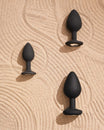



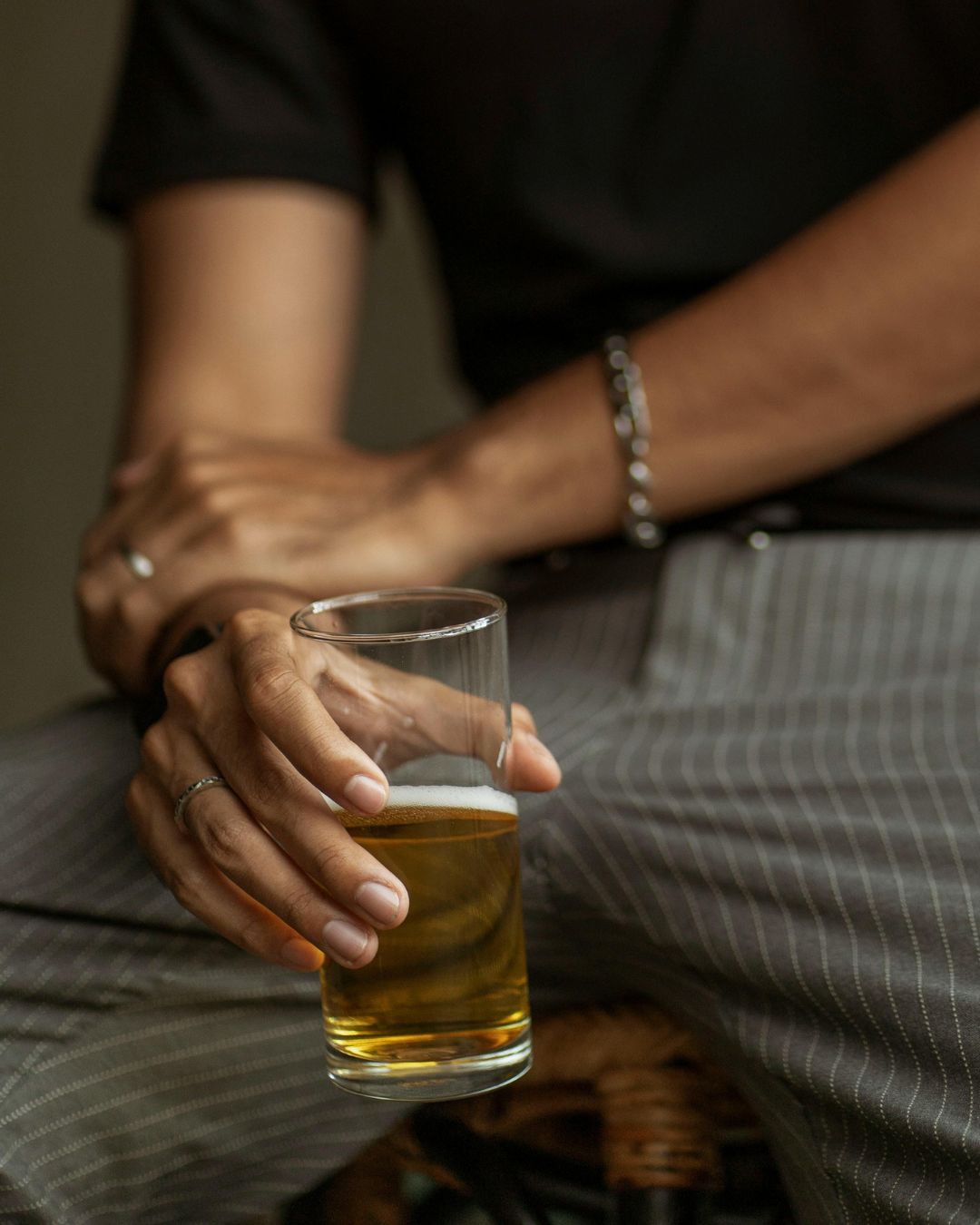




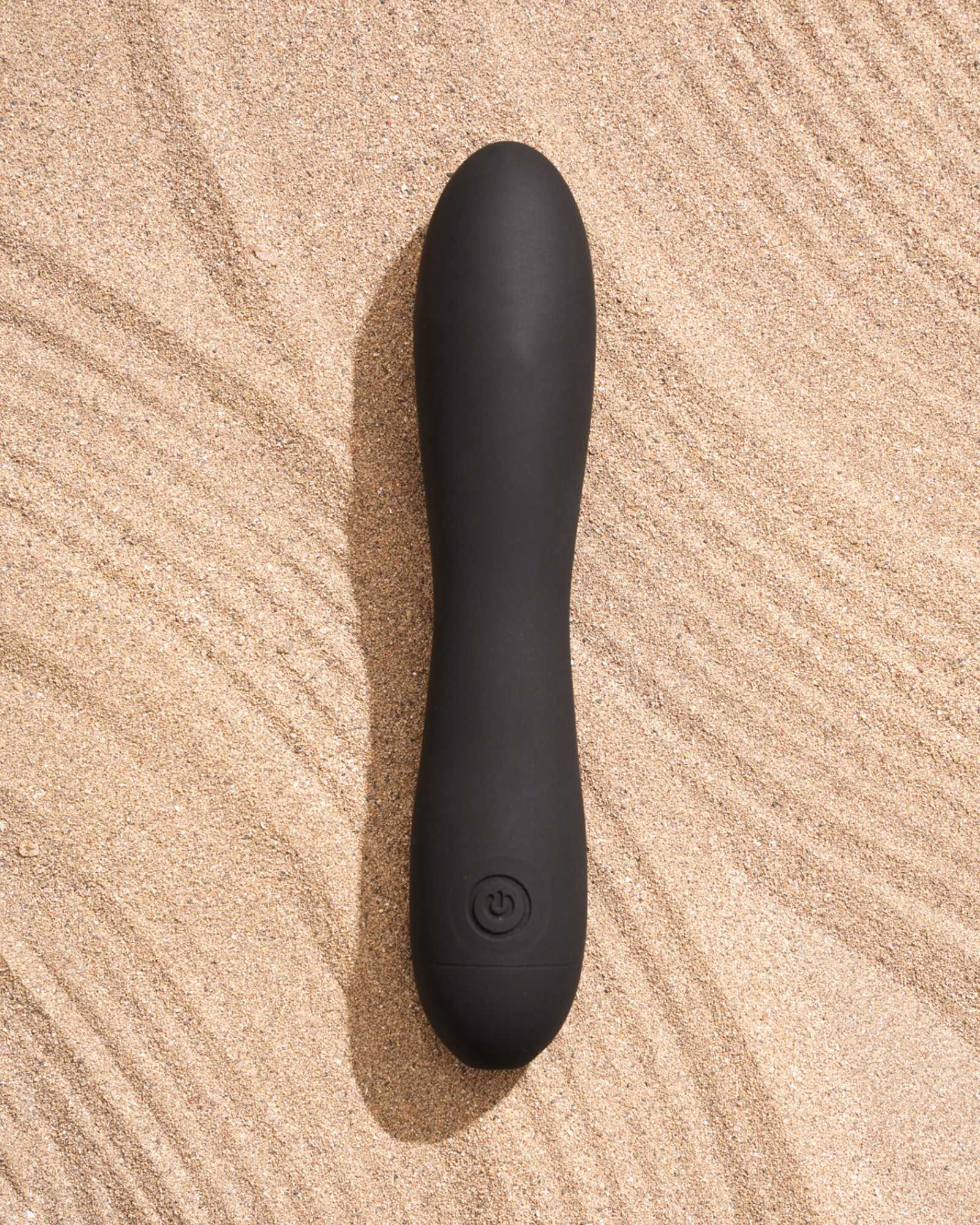
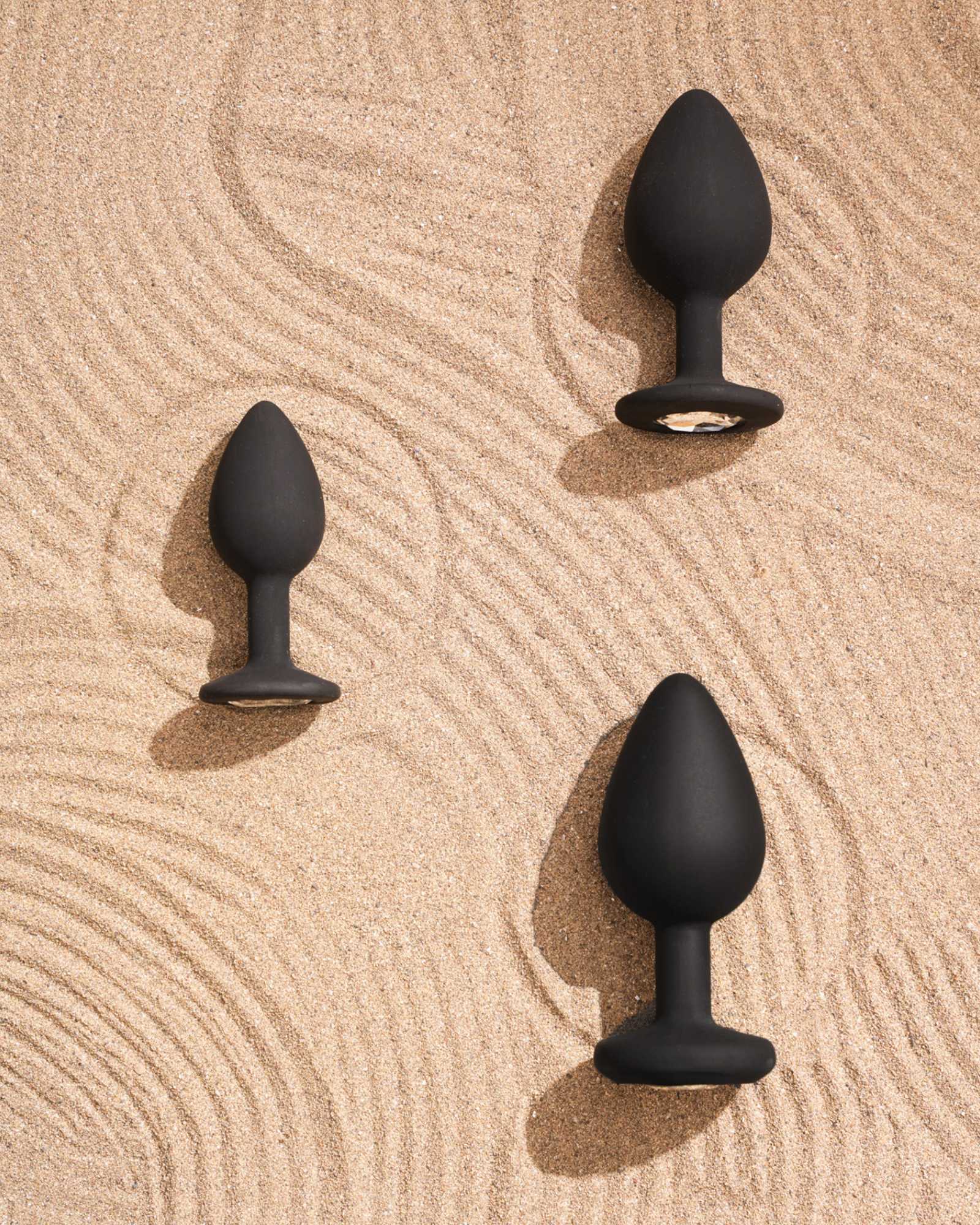

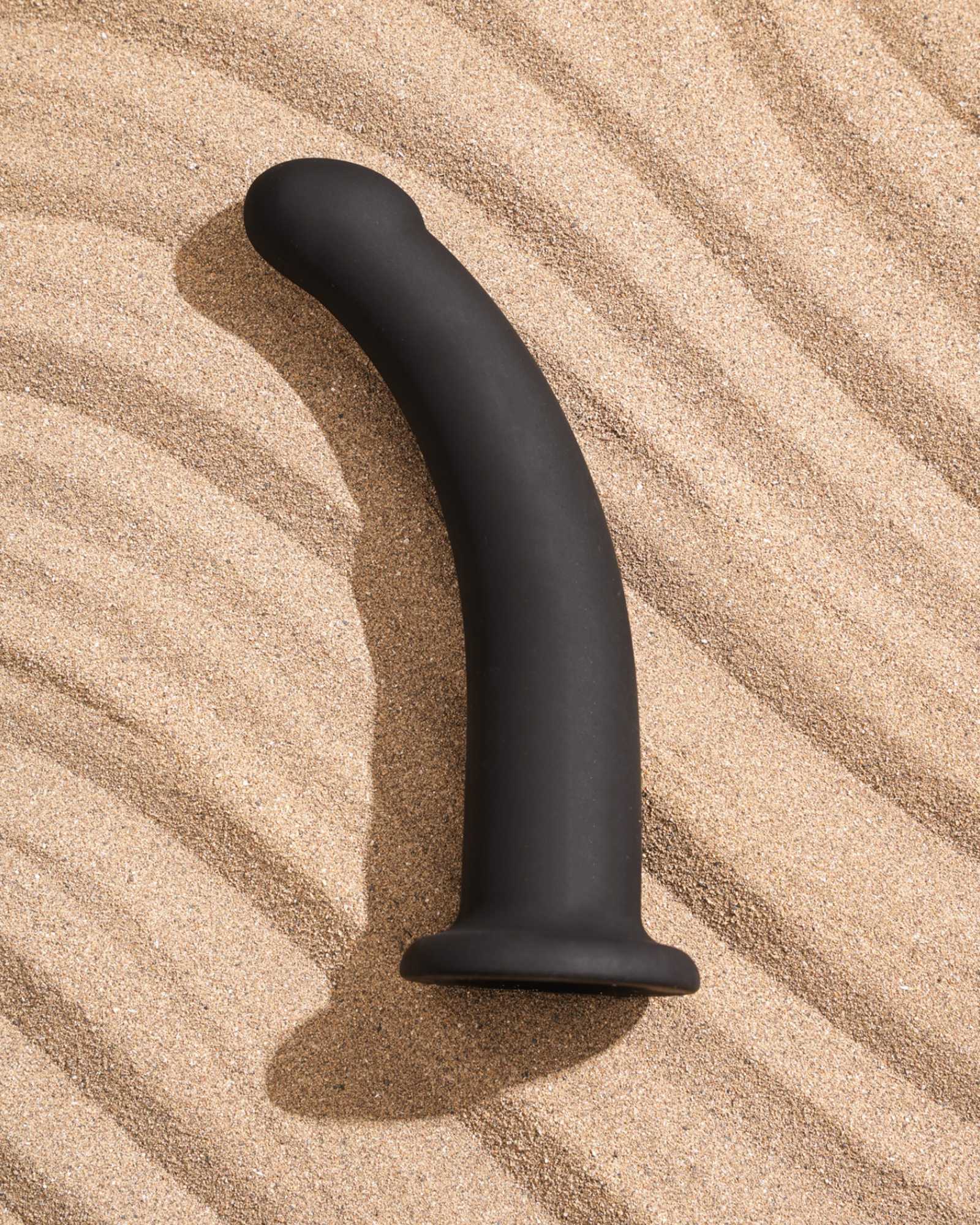
Leave a comment
This site is protected by hCaptcha and the hCaptcha Privacy Policy and Terms of Service apply.